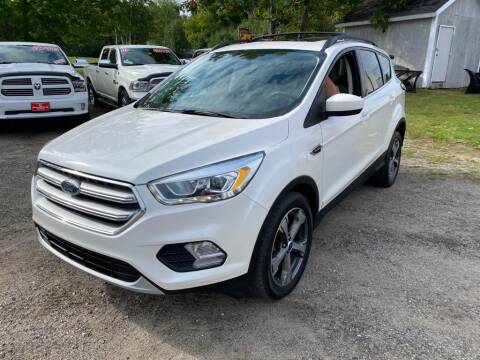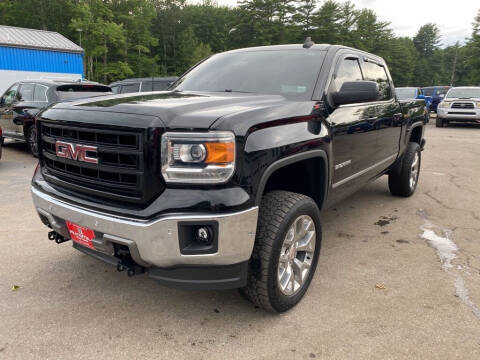
The vast majority of country roads were unpaved dirt, and they were rutted, rough, and frequently washed out. By 1905, there were about 6,500 cars, trucks, and motorcycles in California.Īlthough automobile technology was advancing rapidly, highway construction and road improvements lagged behind. The turn-of- the-century ushered in the era of the automobile, and the machines that were once experimental curiosities became a critical piece of societal evolution.Īutomobiles were becoming commonplace, and support services like gasoline stations, repair shops, and parts suppliers were booming. The club’s early focus was to promote laws and highway projects that were beneficial to the automobiles, and to promote growth and tourism in Southern California. Most of the Auto Club’s early members were well-to- do businessmen, including railroad tycoon Henry Huntington.

In the ensuing months, automobiles began making the bumpy, dusty, road trip between Los Angeles and the towns of the Inland Empire.Īutomobile fever was spreading quickly, and on December 13, 1900, a group of Los Angeles auto enthusiasts filed articles of incorporation to create the Automobile Club of Southern California. Gaylord drove his vehicle to San Bernardino on October 8, 1899, and the Haynes- Apperson became the first automobile in the city. The automobile was such a phenomenon, the newspapers followed its travels around town, and dubbed the vehicle “The Stomachless Steed.” It was a two-seat Haynes-Apperson phaeton, with a two-cylinder gasoline engine, ordered by Mr. The first manufactured passenger automobile in San Bernardino County arrived in Redlands on June 26, 1899.

Horseless carriages began to take on the name “automobile” in the late 1800s, and nearly anything that was self-propelled began using that name. The vehicle operated with some success around Los Angeles, but continuous mechanical problems prevented it from making the trip to San Bernardino.
AUTOMILE MOTORS TRIAL
Sturgis was tested on the city streets of Los Angeles in preparation for a trial run to San Bernardino.

The four-cylinder, gasoline-powered carriage built by J. The following year, a group of men in Los Angeles built what was likely Southern California’s first home-grown horseless carriage, in a shop on West Fifth Street. In August of 1896, a brief article in the San Bernardino Daily Sun proclaimed “This city is well fixed for the era of the horseless carriage.” The article also commented on the state of transportation in the area “The only highway coming from any direction which has not been pre-empted by a railway company is Base Line, and here it is possible to drive without the certainty of a runaway. When the frail mechanical experiments first known as “horseless carriages” arrived in Southern California in the 1890’s, they were tested and tormented by the region’s inhospitable roads and geography that surrounded the drivable city streets. Built on carriages and wagon chassis, these noisy and unreliable contraptions evolved quickly and went on to revolutionize transportation.

Spurred on by the success of the steam locomotive and the invention of the gasoline engine in the 1860s, a new generation of mechanics, blacksmiths, and tinkerers around the world began to develop their own home-grown versions of the automobile.


 0 kommentar(er)
0 kommentar(er)
